Research Blog
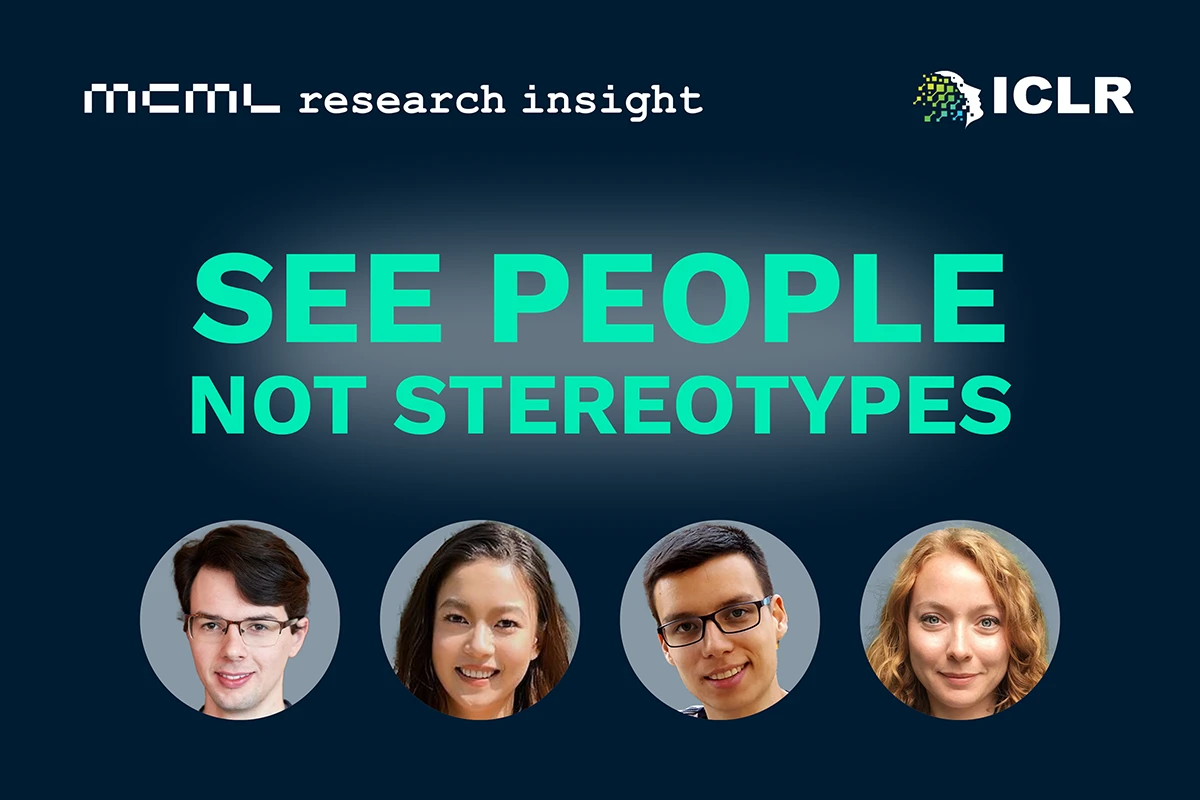
18.12.2025
“See, Don’t Assume”: Revealing and Reducing Gender Bias in AI
MCML Research Insight - With Leander Girrbach, Yiran Huang, Stephan Alaniz and Zeynep Akata
Using AI and LLMs at work feels almost unavoidable today: they make things easier, but they can also go wrong in important ways. One of the trickiest problems? Gender bias. For example, if you ask about someone’s skills from a photo, it may confidently label them a “born leader” or “working well under pressure” with no real …
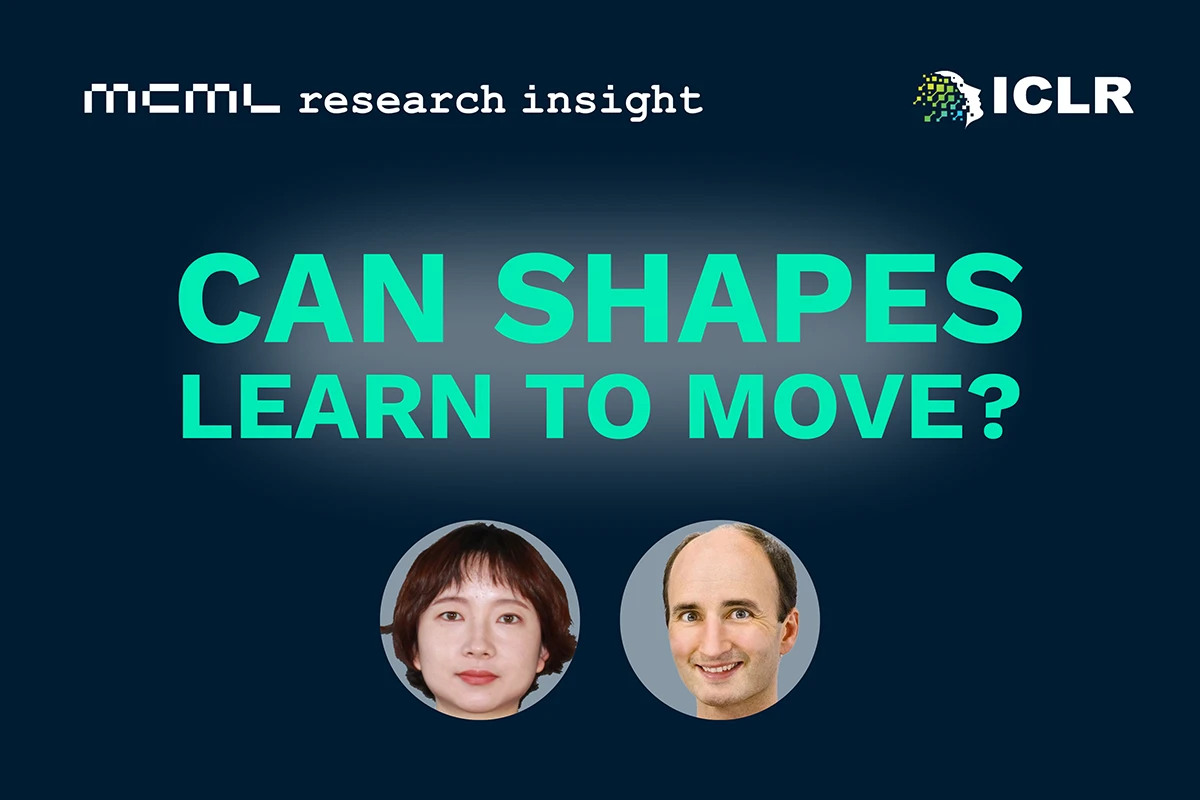
11.12.2025
From Sitting Dog to Standing: A New Way to Morph 3D Shapes
MCML Research Insight - With Lu Sang and Daniel Cremers
Ever wondered how a 3D shape can smoothly change — like a robot arm bending or a dog rising from sitting to standing — without complex simulations or hand-crafted data? Researchers from MCML and the University of Bonn tackled this challenge in their ICLR 2025 paper, “Implicit Neural Surface Deformation with Explicit Velocity Fields”.
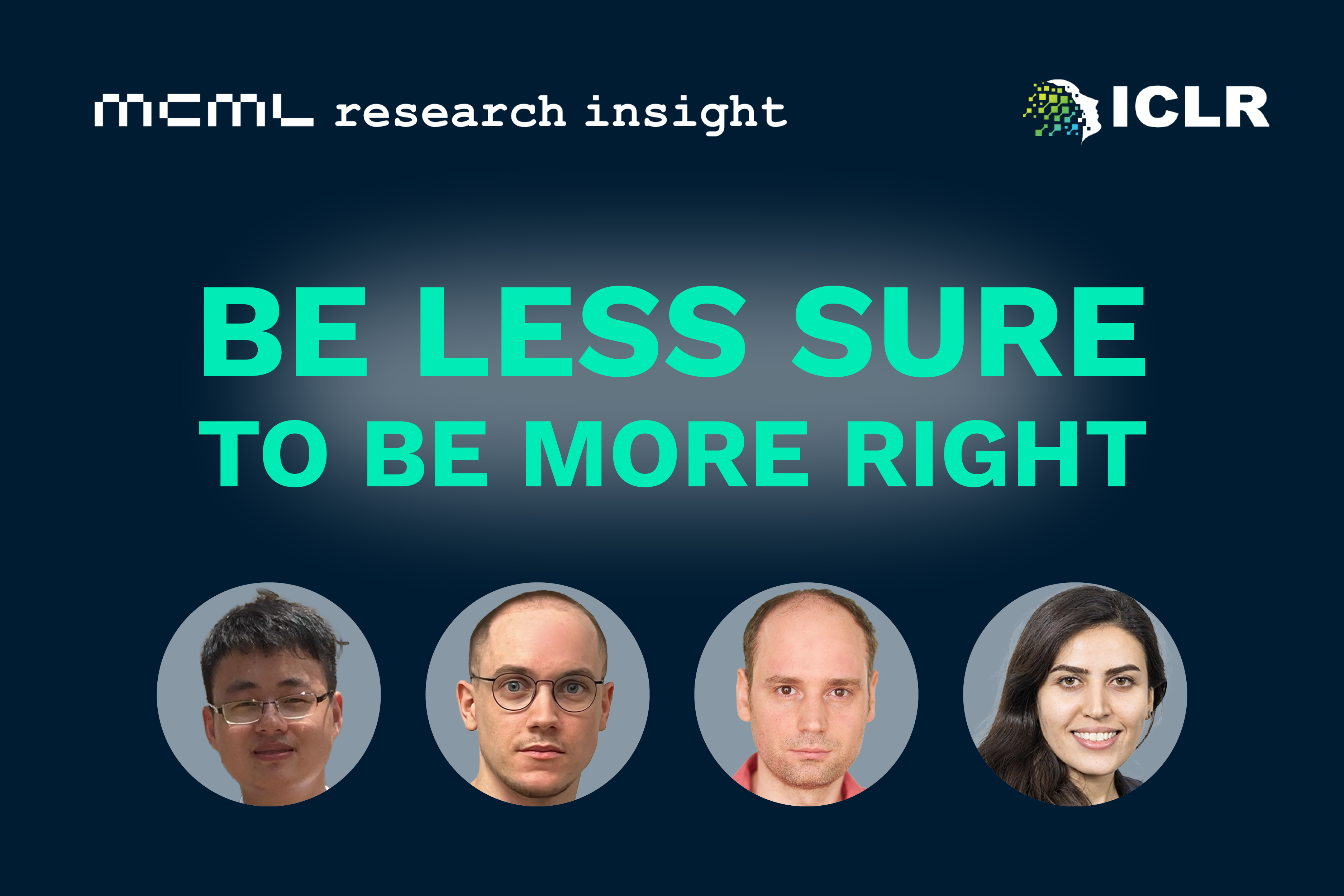
04.12.2025
When to Say “I’m Not Sure”: Making Language Models More Self-Aware
MCML Research Insight - With Yawei Li, David Rügamer, Bernd Bischl, and Mina Rezaei
Large language models like ChatGPT or Gemini are now everywhere, from summarizing text to writing code or answering simple questions. But there’s one thing they still struggle with: admitting uncertainty. Ask a fine-tuned LLM a tricky question, and it might sound quite confident, even when it’s completely wrong. This “overconfidence” …

©MCML
01.12.2025
Research Stay at Princeton University
Abdurahman Maarouf – Funded by the MCML AI X-Change Program
From May to July, I spent three exciting months as a visiting researcher at the Computer Science Department of Princeton University, hosted by Prof. Manoel Horta Ribeiro. The visit grew out of a keynote Manoel gave at LMU. After his talk, we discussed potential joint projects at the intersection of causal inference, machine learning, and social …
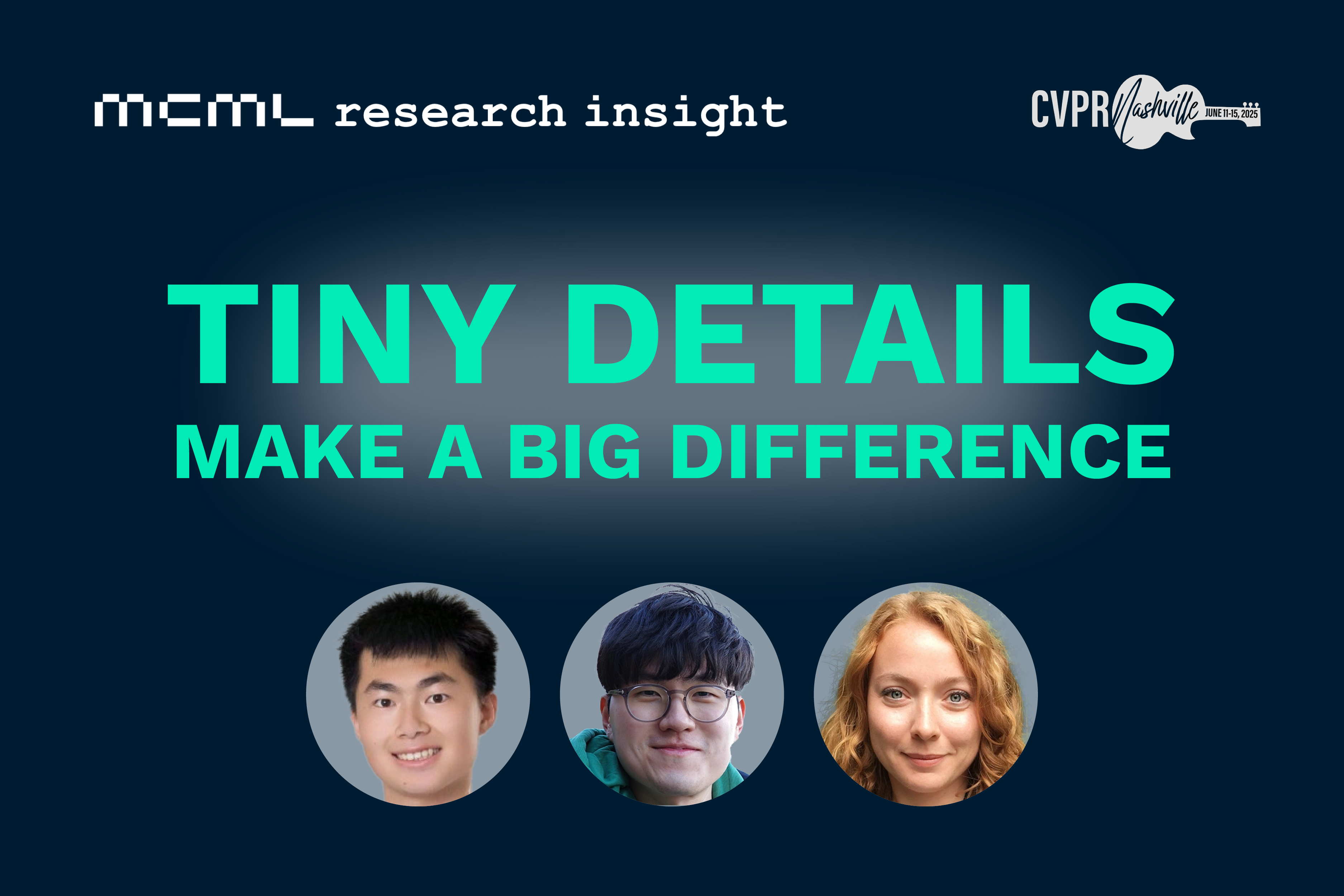
27.11.2025
Seeing the Bigger Picture – One Detail at a Time
MCML Research Insight - With Rui Xiao, Sanghwan Kim, and Zeynep Akata
Large vision-language models (VLMs) like CLIP (Contrastive Language-Image Pre-training) have changed how AI works with mixed inputs of images and text, by learning to connect pictures and words. Given an image with a caption like “a dog playing with a ball”, CLIP learns to link visual patterns (the dog, the ball, the grass) with the …

©MCML
24.11.2025
Research Stay at Stanford University
Kun Yuan – Funded by the MCML AI X-Change Program
During my research stay at Stanford University from July to September 2025, I had the pleasure of being part of the research group led by Assistant Professor Serena Yeung in the Department of Biomedical Data Science. My two-month stay in California gave me the opportunity to investigate how public scientific articles can be leveraged to build …

20.11.2025
Zigzag Your Way to Faster, Smarter AI Image Generation
MCML Research Insight - With Vincent Tao Hu, Olga Grebenkova, Pingchuan Ma, Johannes Schusterbauer, and Björn Ommer
State-of-the-art diffusion models like DiT and Stable Diffusion have made AI image generation incredibly powerful. But they still struggle with one big issue: scaling to large images or videos quickly and efficiently without exhausting your GPU memory. What if we could process images faster, use less memory, and still retain visual quality—without …
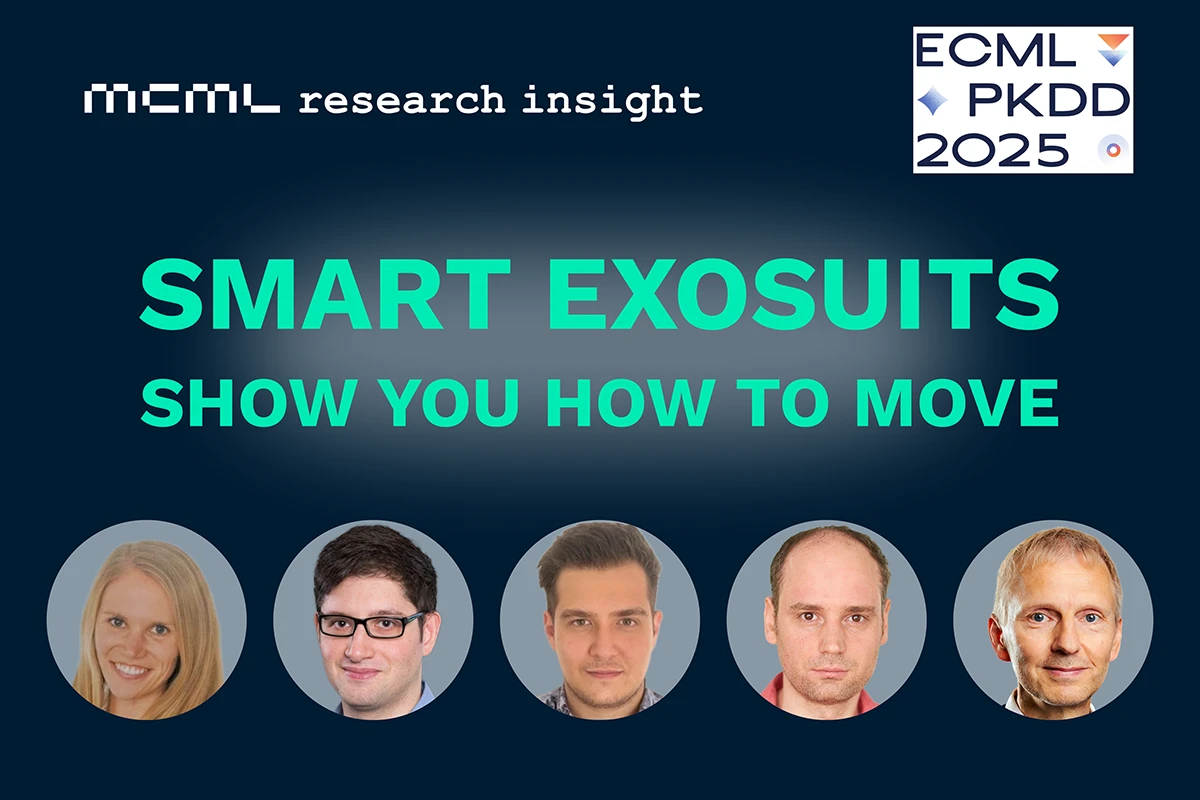
13.11.2025
Explaining AI Decisions: Shapley Values Enable Smart Exosuits
MCML Research Insight - With Julia Herbinger, Giuseppe Casalicchio, Yusuf Sale, Bernd Bischl and Eyke Hüllermeier
Picture a typical day in a warehouse: one worker lifts, bends, and carries out the same task over and over again. While the routine may seem simple, the physical toll steadily builds—affecting joints and muscles. To combat the long-term health risks associated with such repetitive movements, businesses are increasingly turning to exoskeletons and …
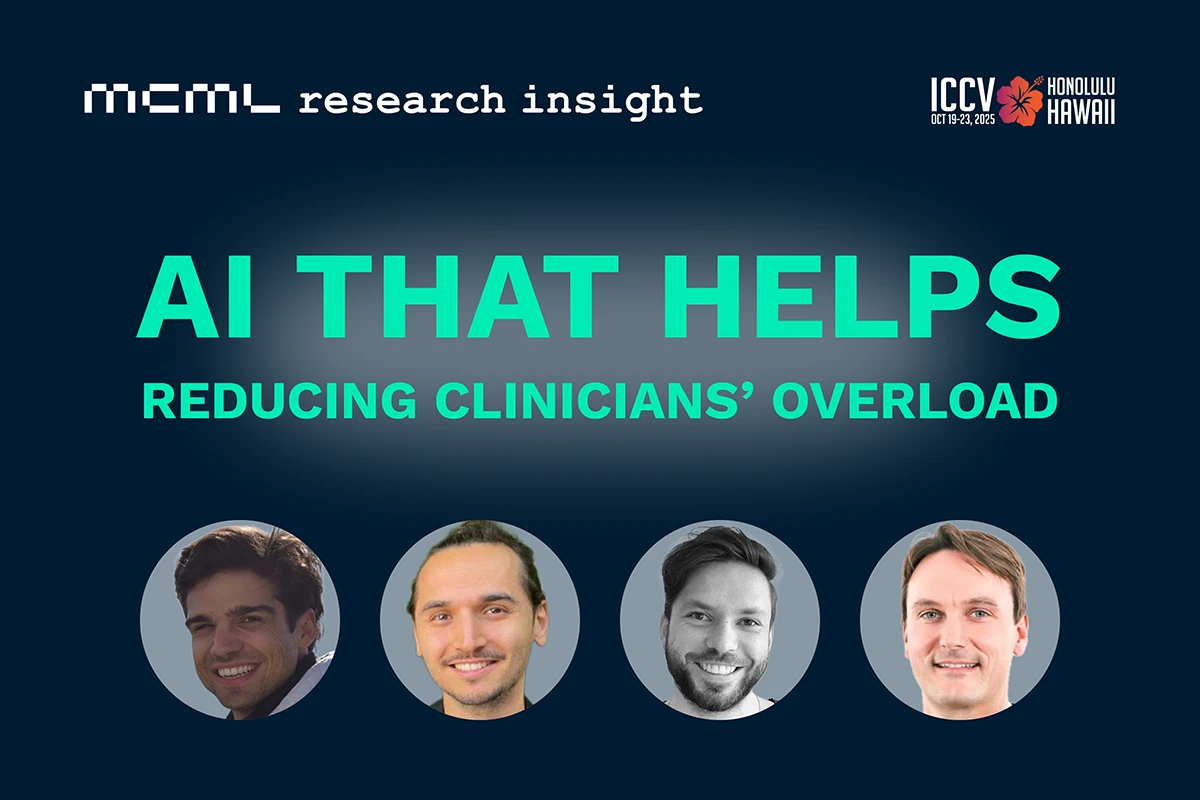
16.10.2025
SIC: Making AI Image Classification Understandable
MCML Research Insight - With Tom Nuno Wolf, Emre Kavak, Fabian Bongratz, and Christian Wachinger
Deep learning models are emerging more and more in everyday life, going as far as assisting clinicians in their diagnosis. However, their black box nature prevents understanding errors and decision-making, which arguably are as important as high accuracy in decision-critical tasks. Previous research typically focused on either designing models to …